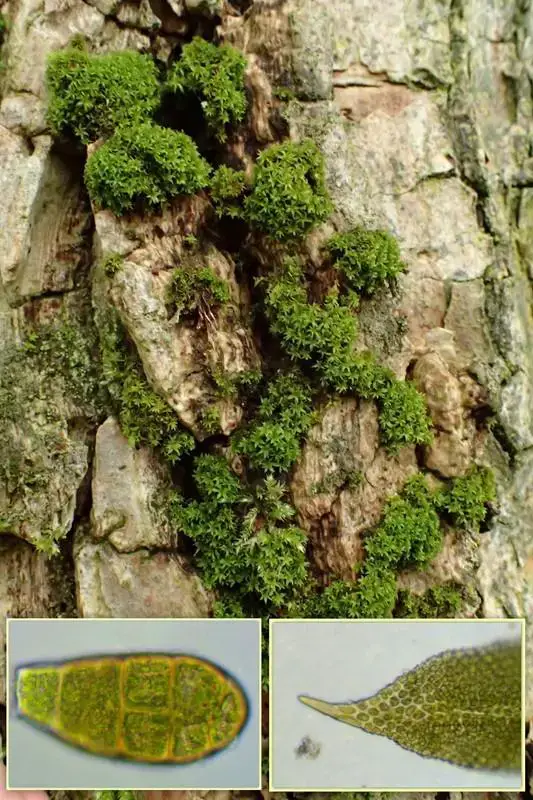
03cd8c56-1e5a-49cd-ac29-a77ba0a0985e.jpg from: https://www.naturbasen.dk/art/8604/groen-koellemos
Introduction
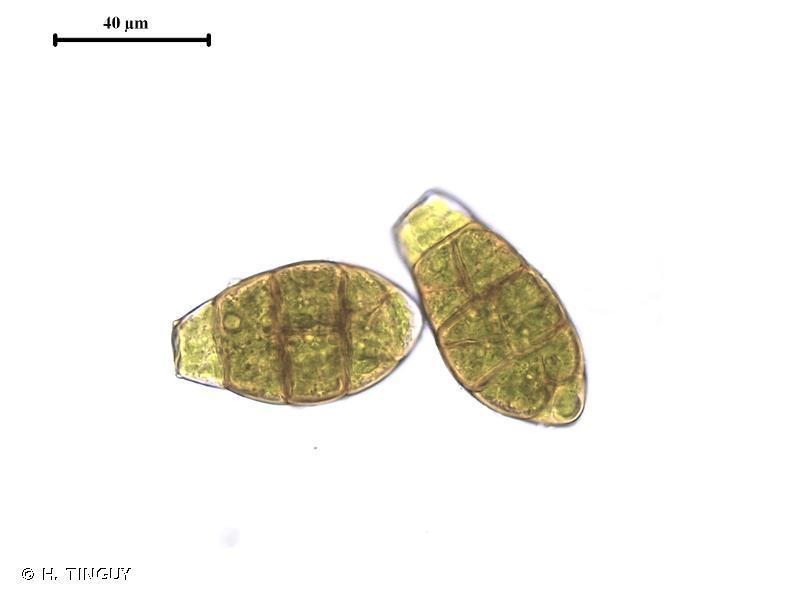
248611.jpg from: https://inpn.mnhn.fr/espece/cd_nom/5067
In the vast and captivating world of bryophytes, one particular moss species stands out for its unique charm and ecological significance – the Zygodon viridissimus (Dicks.) Brid., commonly known as Zygodon. This unassuming yet fascinating moss belongs to the Orthotrichaceae family and has captured the hearts of enthusiasts worldwide with its vibrant green hues and resilient nature.
Background
Before delving into the intricacies of Zygodon viridissimus, it’s essential to understand the broader context of bryophytes
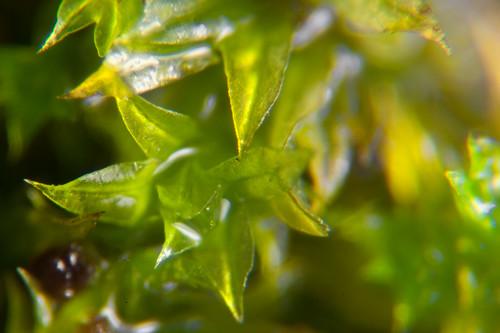
12326857684_c9ae85c5c2.jpg from: https://www.flickr.com/photos/stephenbuchan/12326857684/
. These non-vascular plants, which include mosses, liverworts, and hornworts, are often overlooked but play a crucial role in various ecosystems. They are among the oldest land plants on Earth, dating back to the Paleozoic era, and have adapted to thrive in diverse environments, from arid deserts to lush rainforests.
Main Content
Morphology and Identification
Zygodon viridissimus is a small, acrocarpous moss that forms dense, cushion-like tufts or mats. Its leaves are lanceolate (lance-shaped) and keeled (with a prominent midrib), giving the plant a distinctive appearance. The calyptrae (protective caps covering the developing sporophytes) are hairy, adding to the moss’s unique charm.
One of the most striking features of Zygodon viridissimus is its vivid green color, which earned it the specific epithet “viridissimus,” meaning “very green” in Latin. This vibrant hue is due to the presence of chloroplasts in the leaf cells, which allow the moss to efficiently capture sunlight for photosynthesis.
Global Distribution and Habitat
Zygodon viridissimus is widely distributed across the Northern Hemisphere, including Europe, Asia, and North America. It is commonly found growing on the bark of trees, particularly those with rough or furrowed surfaces, such as oak, maple, and ash. This moss thrives in areas with moderate humidity and prefers shaded or partially shaded environments.
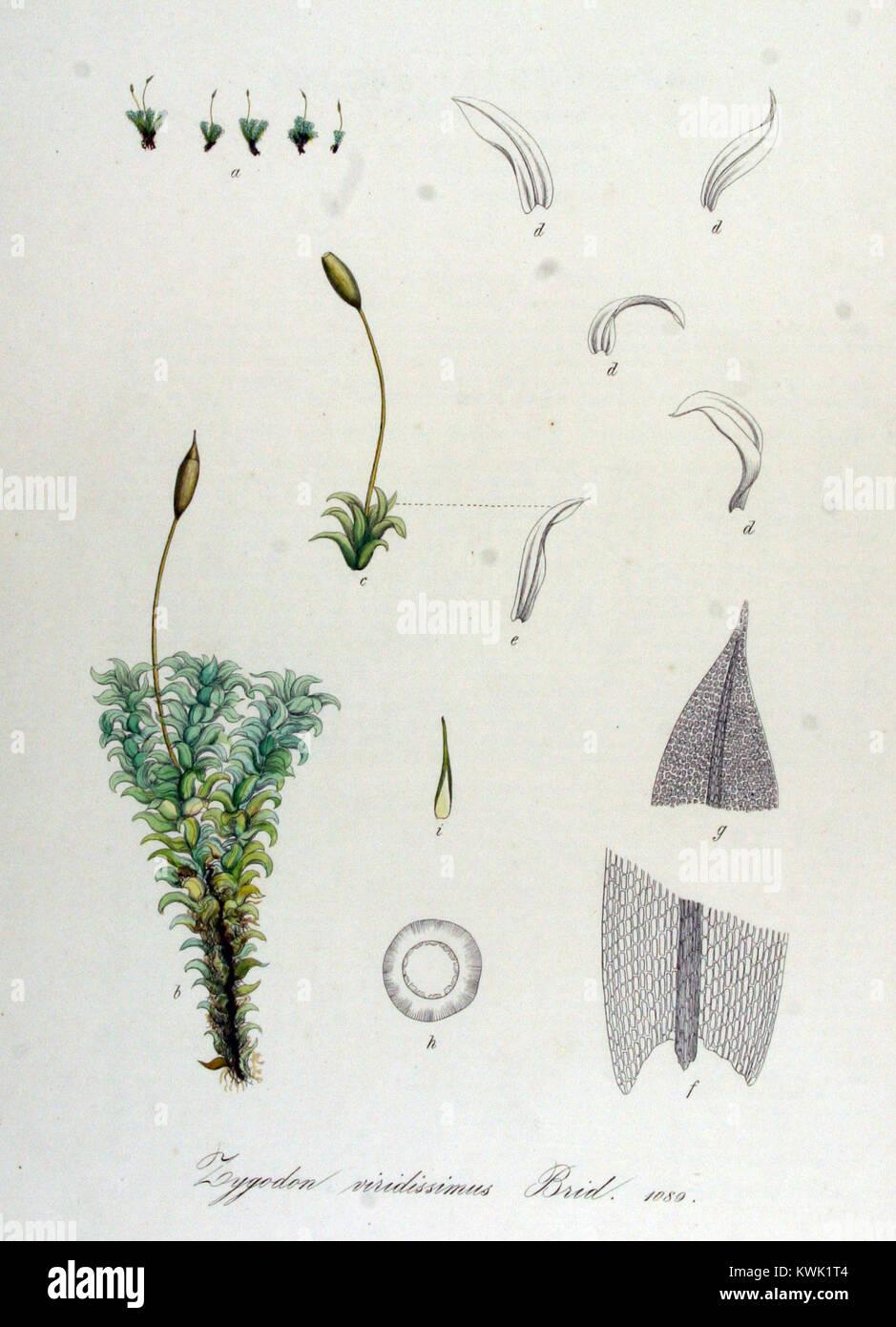
zygodon-viridissimus-flora-batava-volume-v14-KWK1T4.jpg from: https://www.alamy.com/stock-photo-zygodon-viridissimus-flora-batava-volume-v14-170678260.html
While Zygodon viridissimus is not considered a threatened species, its distribution and abundance can be influenced by various factors, including habitat loss, air pollution, and climate change. As a result, monitoring and conservation efforts are essential to ensure the long-term survival of this fascinating moss species.
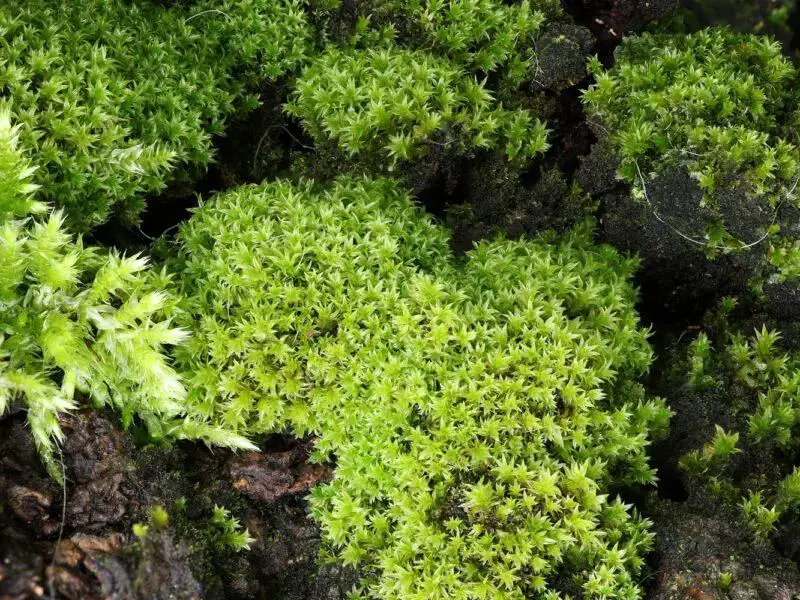
2020-08-15-12-02-15-800×600.jpg from: https://www.britishbryologicalsociety.org.uk/learning/species-finder/zygodon-conoideus/
Ecological Roles and Adaptations
Despite its small size, Zygodon viridissimus plays a vital role in its ecosystem. It serves as a microhabitat for various invertebrates, providing shelter and food sources for tiny creatures like mites, springtails, and even some insects. Additionally, the moss contributes to the overall biodiversity of its environment, supporting a complex web of interactions among different organisms.
One of the remarkable adaptations of
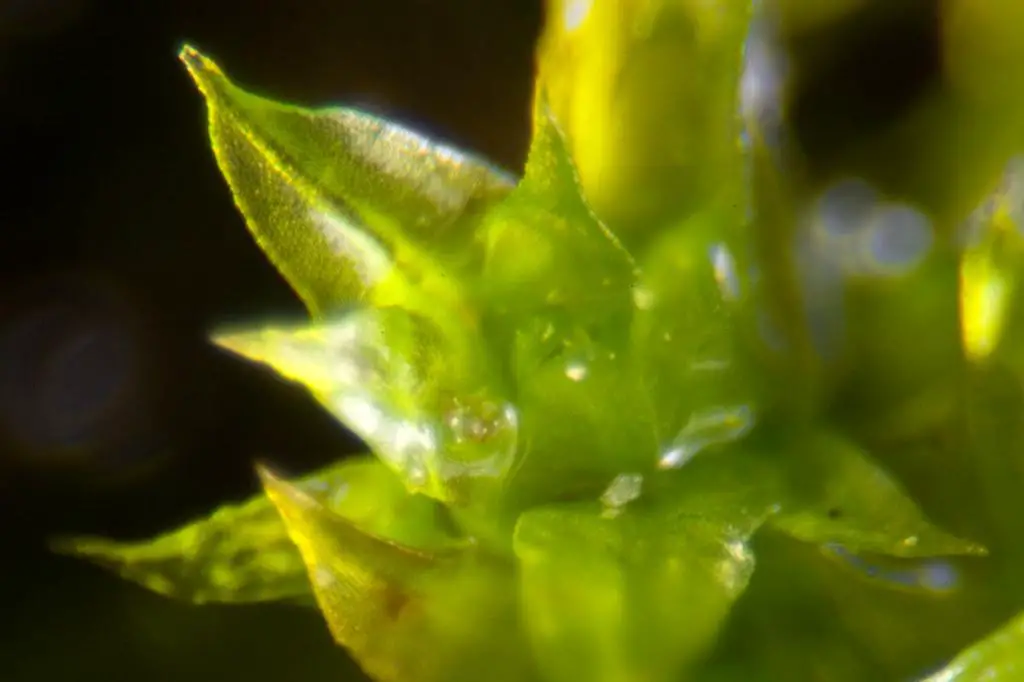
12326563113_bb44959998_b.jpg from: https://www.flickr.com/photos/stephenbuchan/12326563113/
Zygodon viridissimus is its ability to tolerate desiccation. During periods of drought, the moss can enter a state of dormancy, curling up its leaves and slowing down its metabolic processes. Once moisture becomes available again, the moss can quickly rehydrate and resume its normal growth and photosynthetic activities.
Case Studies/Examples
In a study conducted in the United Kingdom, researchers found that Zygodon viridissimus was one of the most abundant moss species growing on ancient oak trees in the New Forest National Park. This highlights the moss’s preference for mature, well-established trees and its importance in maintaining the biodiversity of these unique habitats.
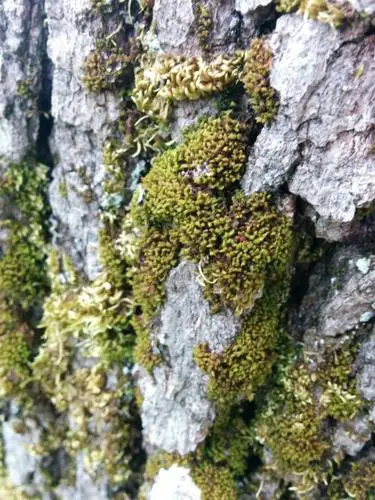
medium.jpeg from: https://www.inaturalist.org/taxa/170457-Zygodon-viridissimus
Another interesting example comes from Japan, where Zygodon viridissimus has been used as a bioindicator for air pollution. Due to its sensitivity to certain pollutants, the presence or absence of this moss can provide valuable insights into the air quality of a particular area.
Technical Table
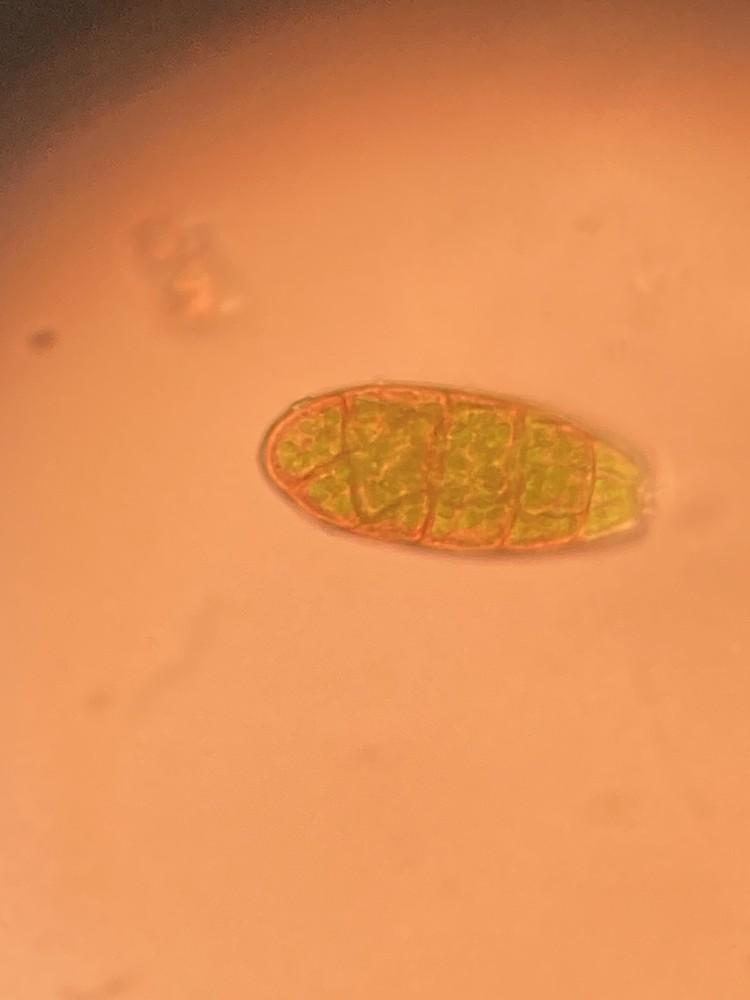
47511437.jpg from: https://waarneming.nl/waarneming/view/236830451?_popup=1
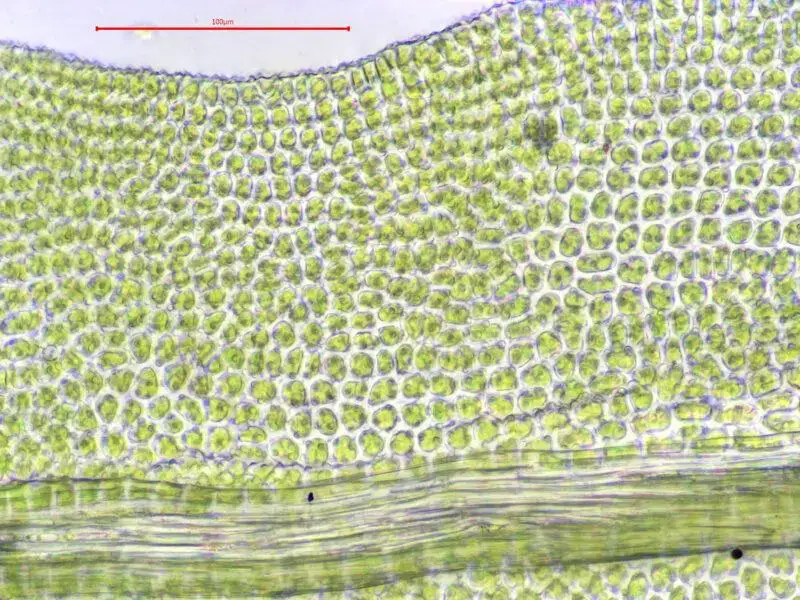
2021-01-04-08-22-25-800×600.jpg from: https://www.britishbryologicalsociety.org.uk/learning/species-finder/zygodon-viridissimus/
| Characteristic | Description |
|---|---|
| Scientific Name | Zygodon viridissimus (Dicks.) Brid. |
| Family | Orthotrichaceae |
| Growth Form | Acrocarpous, cushion-like tufts or mats |
| Leaf Shape | Lanceolate, keeled |
| Calyptra | Hairy |
| Color | Vivid green |
| Habitat | Bark of trees, shaded or partially shaded environments |
| Distribution | Northern Hemisphere (Europe, Asia, North America) |
| Ecological Roles | Microhabitat, biodiversity contributor |
| Adaptations | Desiccation tolerance |
Conclusion
Zygodon viridissimus, the “very green” moss, is a true marvel of nature, captivating enthusiasts with its vibrant hues and resilient character. From its unique morphology and global distribution to its ecological roles and remarkable adaptations, this unassuming bryophyte has much to offer. As we continue to explore and appreciate the wonders of the natural world, let us ponder this thought-provoking question: How can we better protect and preserve the delicate ecosystems that support species like Zygodon viridissimus, ensuring their survival for generations to come?
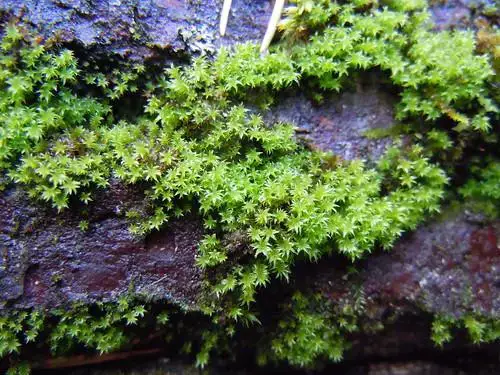
8153379975_dbfb3b04bf.jpg from: https://www.flickr.com/photos/tim-waters/8153379975/